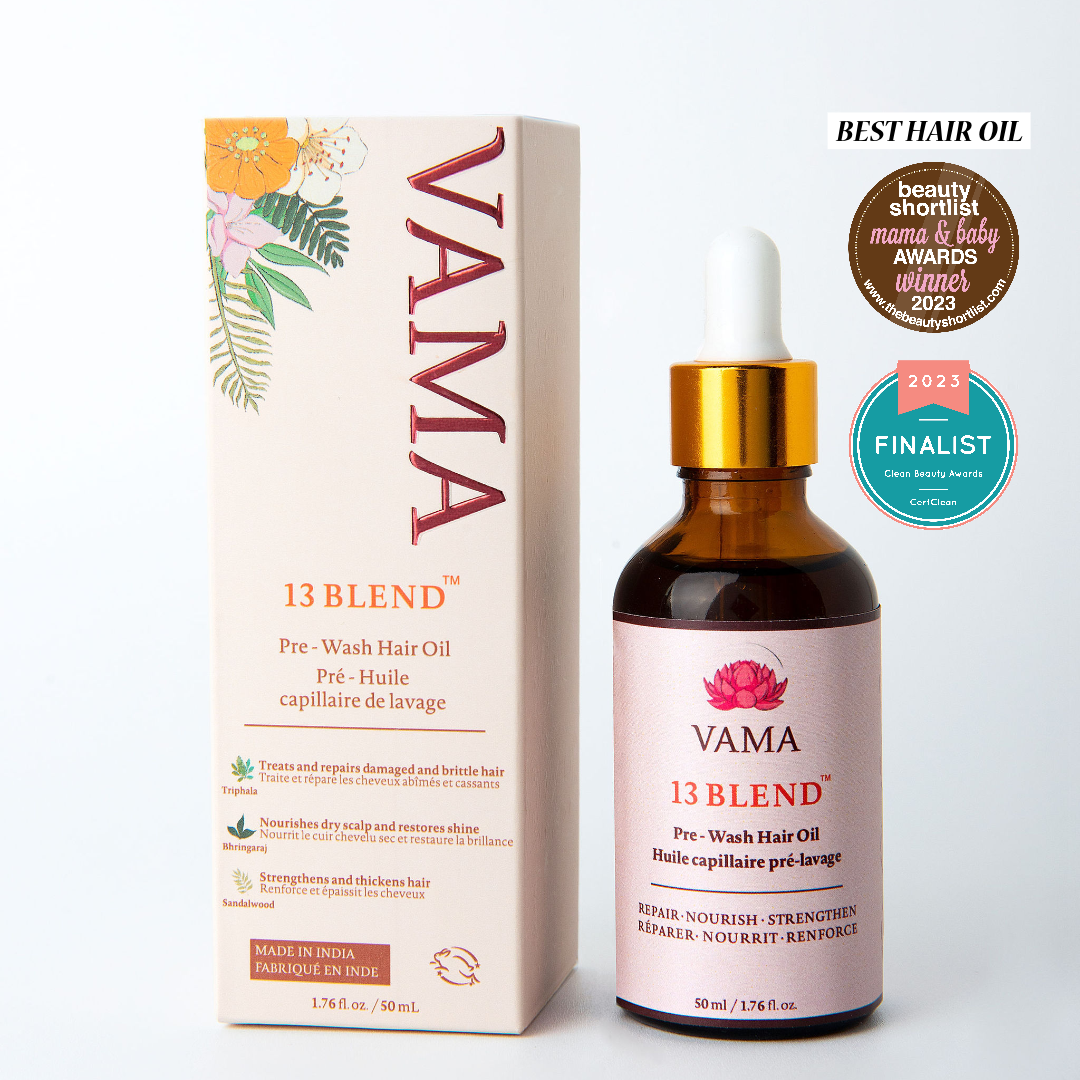What Is Seasonal Hair Loss—and Why It Happens
If you’re experiencing increased hair fall and noticing more strands around you then you’ll want to give this article a read.
Let’s get started with seasonal hair loss – did you know that seasonal shedding of hair is actually a natural process that everyone goes through? It can affect some people more than others and so its important to understand what it is and how to care for your scalp and hair health. Just like how the body reacts to seasonal changes in weather, where the skin is drier in cooler temperatures, the changes in seasonality and temperature also cause some stress to the scalp and hair follicles which in turn can lead to increased hair loss to occur.
While it is normal for humans to shed approximately 50-100 strands a hair, seasonal hair loss can cause one to lose anywhere between 100-150 strands per day. According to an extensive research seasonal hair loss tend to occur in the late summer and early autumn months and this can affect both men and women of all ages and races, regardless of where they live.
What can you do to help your scalp and hair?
While there is no way to absolutely stop seasonal shedding, there are ways to make sure that you are keeping a healthy scalp and hair to help the recovery phase to promote hair growth after. First and foremost is ensuring that you are maintaining a diet rich in protein and essential fatty acids. Foods such as salmon, avocadoes, eggs, and leafy greens like spinach are all excellent sources to promote healthy strong hair. It is also important to maintain a healthy scalp routine by incorporating rituals like hair oiling by using a hair and scalp treatment like a hair oil (Vama 13 Blend Pre-Wash Treatment) followed with regular scalp massages to keep the scalp nourished, hydrated, with healthy blood circulation to strengthen the hair and promote hair growth.
Maintaining a healthy hair care routine and keeping your hair and scalp free from ingredients like sulfates, silicones, synthetic fragrances and harmful alcohols will best position you to deal with seasonal hair loss. According to the American Academy of Dermatology (AAD), these ingredients dry out the hair and also harm the hair proteins that are essential to keeping your hair strong.
Conclusion
Consider these tips for a healthy scalp and hair routine to ride out the seasonal hair loss period which is something that is evitable:
-
Be aware of when your seasonal hair loss occurs as its severity and timing could vary between individuals. If hair loss is extremely severe or occurs for a long time, it is recommended to make an appointment to see a certified trichologist or seek medical assistance
-
Maintain a healthy diet rich in protein, high in antioxidants and essential fatty acids (e.g., Bananas, avocados spinach, salmon, etc)
-
Incorporate a hair and scalp treatment that promote the health of the scalp and not just hair to maintain strong hair roots (e.g., VAMA 13 Blend Pre-Wash Hair Oil)
-
Practice regular scalp massages to promote blood circulation and strengthen hair roots – this can be done with your fingertips or using a scalp massage comb like the one from VAMA Wellness)
-
Avoid harmful ingredients for your hair like sulfates, parabens, silicones and synthetic fragrances – these ingredients can strip off the natural oils in the hair and further dry out the hair and break down hair protein





